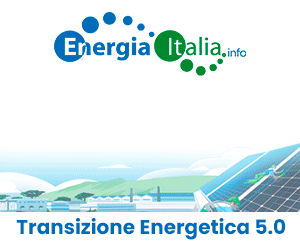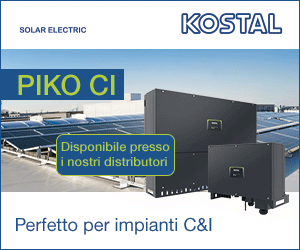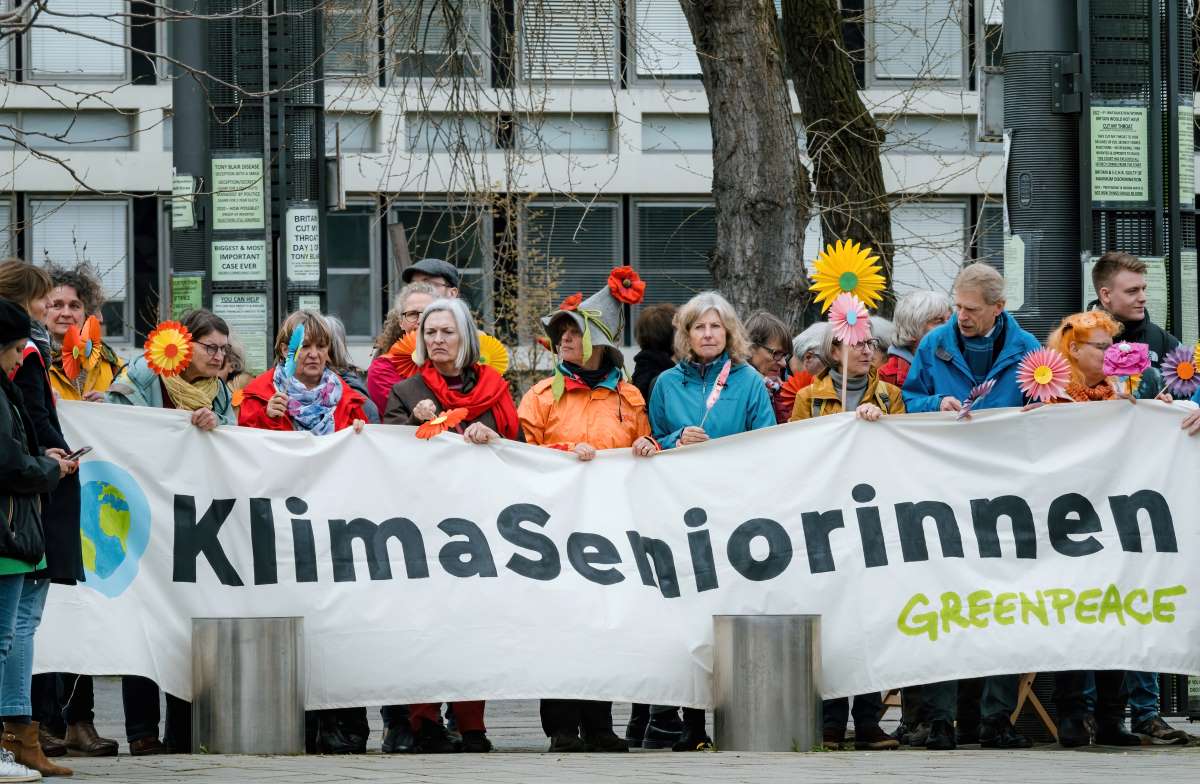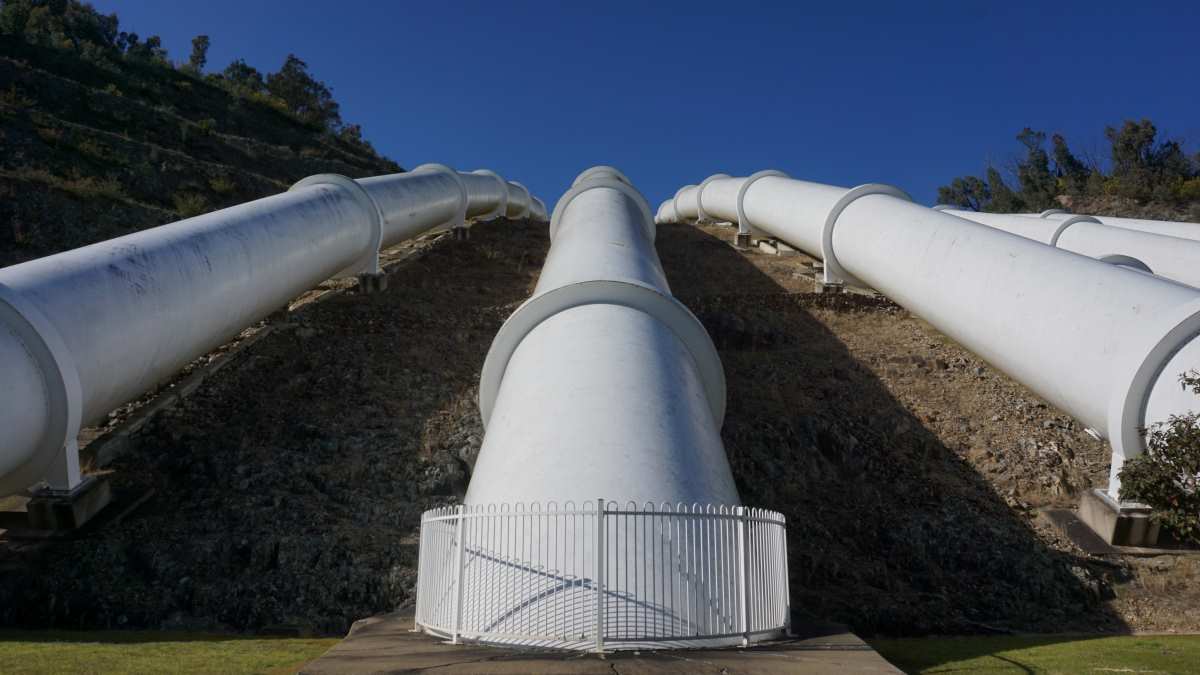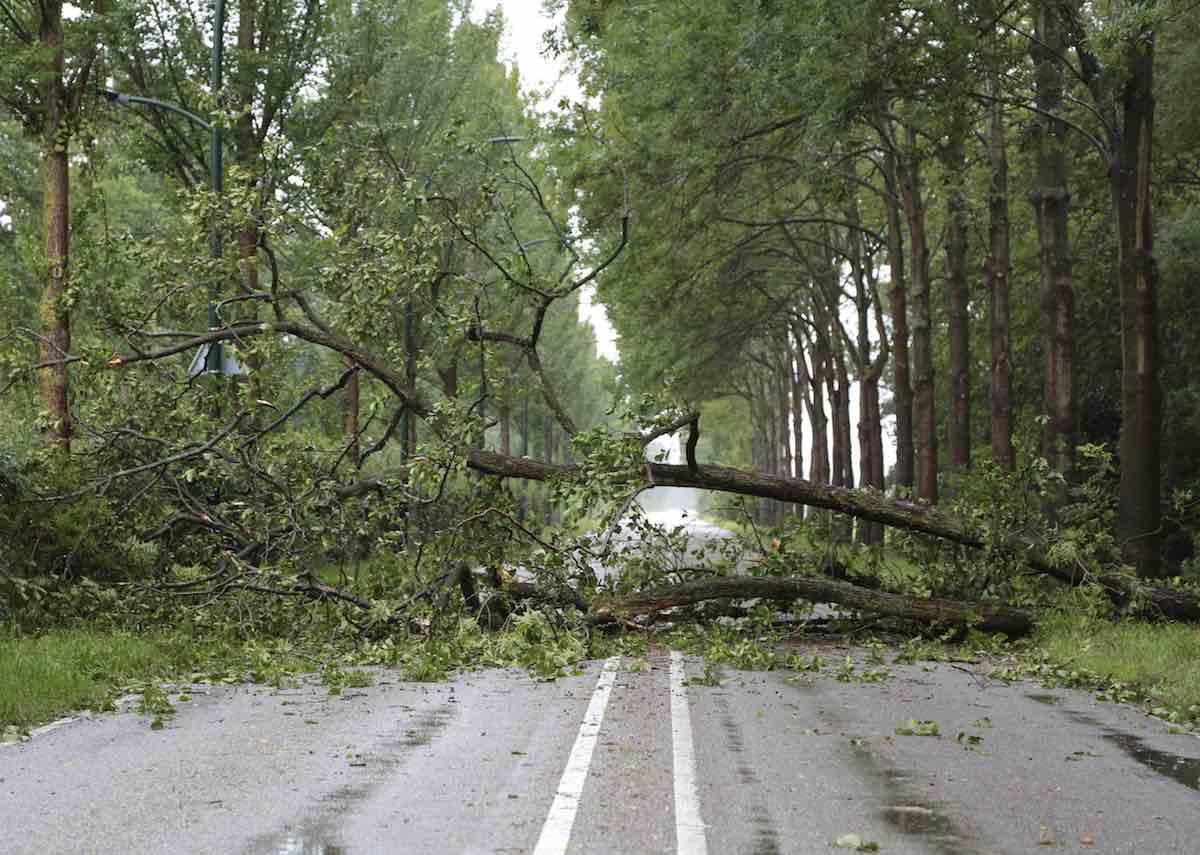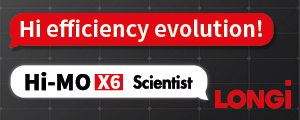The solar thermal industry – engineering, plumbing and heating industry that comprises small and medium-sized enterprises specializing in solar power and big plumbing and heating companies – enriches the Italian industrial structure creating innovation and jobs, and currently boasts a potential annual production of 1 GWt (equivalent to 1.4 million m2) from solar heating panels.
In the last years this market has seen a significant development, as annual installations have more than doubled with an increase from 130 MWt in 2006 to almost 300 MWt in 2008. At present, although the economic crisis has not spared our sector, the total power installed in Italy has far exceeded 1 GWt: we have achieved approximately 1.4 GWt, i.e. almost 2 million m2 installed.
In absolute numbers, the Italian market is second in Europe, but if we look at density, that is m2 installed per 1000 inhabitants, Italy is below the European average, with 18 kWt (= 26 m2), i.e. 0.03 m2 per person, confirming the great development potential of a sector that is particularly favoured by the climatic conditions of this Country, but poorly “facilitated” by a barely consistent and disjointed legislative framework.
Targets
A realistic target is to achieve at least 0.4 m2 per person, equivalent to 286 kWt every 1000 inhabitants, within the next 10 years, which is the time limit provided by the 20-20-20 Directive. Table 1 shows a path that would imply an average annual increase of 22% and lead to a saving of 1,563 Mtep by 2020 See graph below.

However, seeing the low cost, the efficiency and simplicity of the technology, the long-term objective should be to install 1 m2 per person to satisfy at least domestic hot water requirements.
How to reach targets
The 20-20-20 Directive has introduced a real “Copernican revolution” equating the three types of “final energy demand”: heat and cold, electricity, transports. In order to reach 2020 targets, producing a certain amount of thermal energy or electricity is just the same.
This is also confirmed by a recent publication by ENEA (Italian National Agency for New Technologies, Energy and the Environment), “Heat from renewable sources“, which highlights how the approach of this Directive makes it worthwhile to focus on and provide incentives for renewable heat sources too, as the cost for the production of one kWh of heat is definitely lower than that for the production of one kWh of electricity.
It is fairly clear that this new approach is intended to redress the balance between the attention given to heat and electricity, developing a long-term incentive plan with different features for each source, as well as regulations that lead to an efficient use of all renewable technologies
The next few months will be crucial, as the deadline for submitting the National Action Plan for Renewable Energy is next June. The Italian Government will have to decide which and how many resources to deploy and in which sectors in order to reach the targets set out in the 20-20-20 Directive at the lowest cost.
And these months will also be crucial to provide the solar thermal industry with more certainty, beginning from the following action points: incentives, solar obligations and administrative simplification (see table 2).
Assolterm is working on all three points through its Technical Committee, so as to quickly provide the relevant Ministries and regional councils with the proposals of professionals in the field.
Valeria Verga (Assolterm Secretary General)



.jpg)






